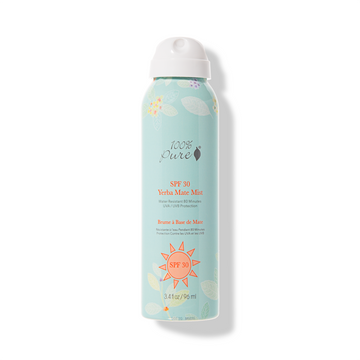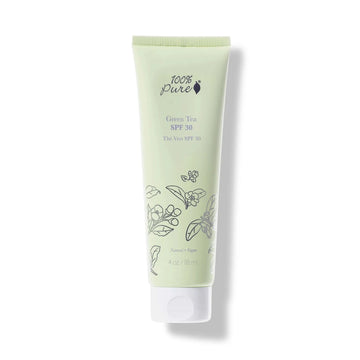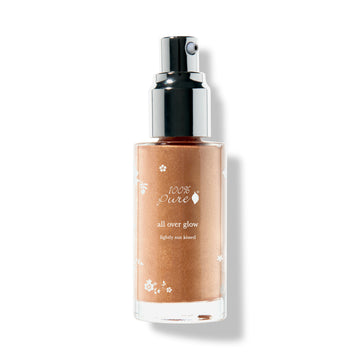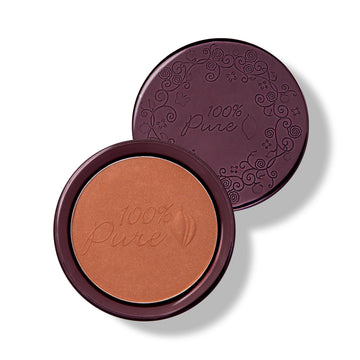The do’s and don’ts of sunbathing, how to calculate your tanning time, and the safest way to get a healthy glow
Written by: 100% PURE ®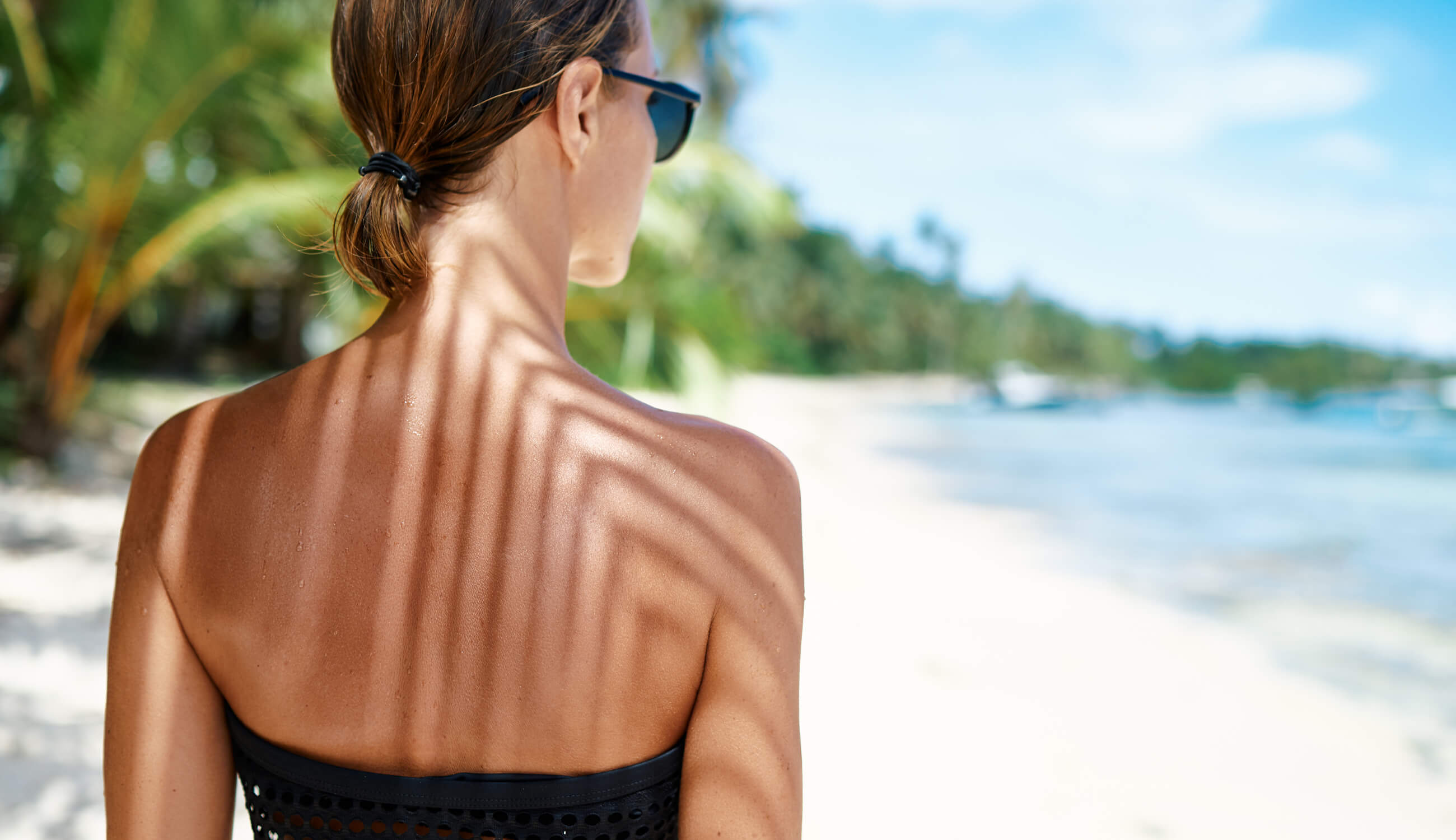
Hearing the terms ‘sunbathing’ and ‘healthy tanning’ in one breath can seem a bit like an oxymoron. When we’ve been inundated with enough risks about sun exposure to send Apollo into hiding, it’s easy to raise an eyebrow over the possibility of a healthy tan.
Is tanned skin really possible without damaging your skin, or being sun-shamed?
The fact is that many people love sunbathing, and the way their skin looks with a golden hue. The good news is that with the right protection and proper exposure guidelines, you can have your South Beach tan without the crispy burn.
Grab your towel, because we’re embarking on the do’s and don’ts of tanning, how your skin type matters with the amount of exposure, and how to achieve a healthy, natural tan.
As nature’s natural version of a ‘happy pill’, the sun does more than increase levels of serotonin: the biological chemical in our body that promotes a sense of happiness and wellbeing. In addition to being a natural mood enhancer, that fiery ball in the sky produces vitamin D: an essential nutrient for healthy bones, teeth, and skin. According to the World Health Organization (WHO), UV rays can even help treat some health conditions.
Doctors might sign off on sun RXs for people who have eczema, psoriasis, rickets, or jaundice. UV rays can also prove useful for disinfection and sterilization, allowing bacteria and viruses to more easily be killed. There are plenty of reasons to love some UV rays, but not all side effects of the sun are good for us.
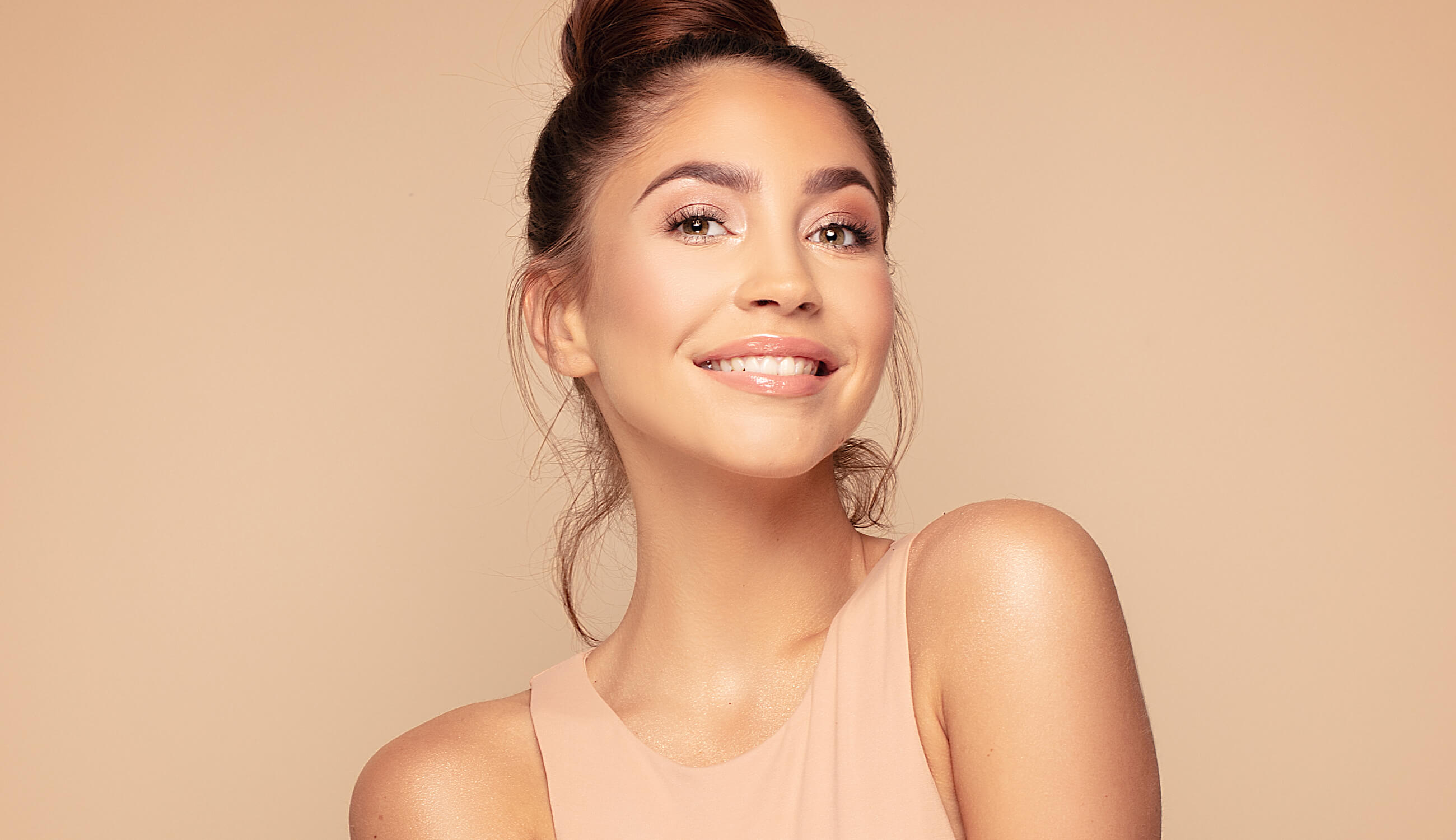
You might think that since you’re not sizzling your skin directly under the sun, seeking an indoor source of UV rays would be safer. After all, you’re climbing into the comfort of a bed with some headphones and jazzy tunes, and voilà – you’ve got an insta-tan in under 10 minutes! What could be the harm, especially when salons peddle their safety so well?
Don’t fall prey to the nonsense that sunbeds give you a healthy tan or that those little packets of delicious-smelling tan enhancers – aka chemical culprits – are safe, too. The only things those beds are emitting are up to fifteen times more radiation than a session in the natural sun. The damage to your skin – including premature aging and worse, skin cancer risk – will be much higher than say a poolside siesta sans sunblock (FYI, also not recommended).
Speaking of those tan-enhancing lotions salons usually hand out like dinner mints, they don’t play well with your skin at all. If the 15 times more radiation being pumped out by tanning bed sunlamps wasn’t enough, now slather on some lotion to make your super-tan synthetically enhanced! It’s like tossing a frozen fry in hot oil for 15 minutes, and then broiling it for good measure.
In addition to how they’re being used in tanning beds, the problem with those magical tan lotion potions are what they contain – chemicals! Drugstore self-tanning formulas typically contain a chemical called dihydroxyacetone, or DHA. This chemical can cause allergic reactions and worse, damage to your skin cells DNA. Sorry, but we simply don’t have time for our cells to communicate poorly with one another.
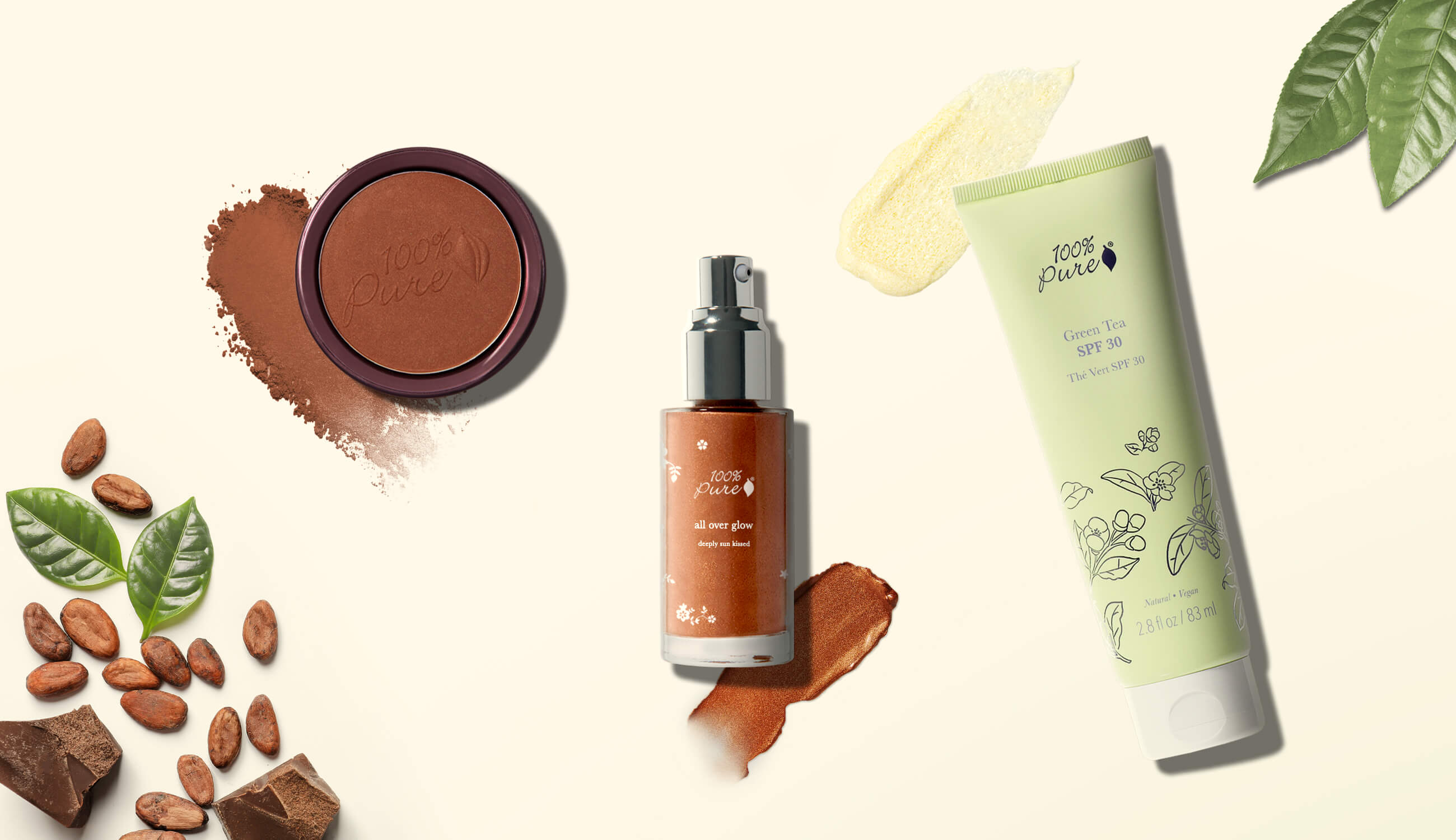
While it’s okay to ‘responsibly’ indulge in some rays, too much of a good thing can also be a bad thing. It’s precisely why you’ll want to incorporate sunscreen with SPF 30 or higher, while exposing yourself to just enough sun to get some color – yet in small increments at a time. Bonus if it’s a plant-based sunscreen, made with zinc oxide and other minerals instead of bioaccumulating chemicals.
To achieve a natural tan safely, you’ll need to understand your tanning time. Picture this: like a kitchen oven, its temperature can only go to the specified degree chosen where, at that point, food is done or burned. Different factors can affect the food's outcome, such as what rack it was placed on, what type of pan, glass or colored-glass dishes used, and so on. Needless to say, results may vary.
Now, let’s get back to our UV bake time. There’s a nifty creation on the internet – the sunbathing calculator – that quickly tells you exactly how long you can get some rays without getting burnt after answering a few quick questions.
For example purposes:
-
If it’s sunny outside and summer = yes
-
What’s the altitude – just leave as 1,000 meters – as if you’re at the beach or poolside = 1,000m
-
Are you on water or snow? If you’re near water, it may be the safest bet to answer = yes
-
Skin type = Type II – choose yours (there are a variety of skin types in the calculator)
-
SPF being applied? = 30
Then you would hit ‘calculate’ and you’ll get the maximum time you can soak up the sun – while remembering to reapply your sunscreen every two hours. As for our example equation, it would be about 2-1/2 hours. That time includes tanning in small increments, or taking breaks from the sun to achieve a natural tan and reduce your risk from sunburns or UV damage.
If you’re in a pinch for time and are looking for a hint of toasty color, a natural body bronzer may just be your golden ticket. What’s great about these bronzers is that you can easily use these sunning, stunning staples to create your own DIY sunless tanner.
For an all-over shimmering face and sun-kissed body look, the All Over Glow is an easy pump-and-blend liquid formula. This liquid bronzer illuminates skin with gold and bronze mineral pigments, while nourishing your skin with anti-aging antioxidants.
If you’re looking for a pop of color or want to contour and accentuate your features, the Cocoa Pigmented Bronzer is great at both – plus being good for your skin! The silky, ultra-fine cocoa powder will blend effortlessly into skin for a customizable, sun-kissed glow.
Whether it’s summer loving having you a blast or you’re gonna soak up the sun and tell everyone, it’s all fine and dandy if you’re taking the necessary precautions to protect your skin. The less you protect it, the more prone you are to things no one wants – like sunburn, skin cancer, and premature skin aging.
You can also try experimenting with different approaches to a sun-kissed look, using natural lotions and bronzers. The sun’s the limit!
- Tags: Bath Body Hair, Body, how-to, Skin Care
We carefully hand-select products based on strict purity standards, and only recommend products we feel meet this criteria. 100% PURE™ may earn a small commission for products purchased through affiliate links.
The information in this article is for educational use, and not intended to substitute professional medical advice, diagnosis, or treatment and should not be used as such.












